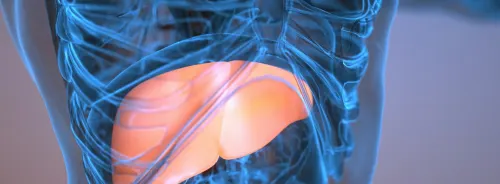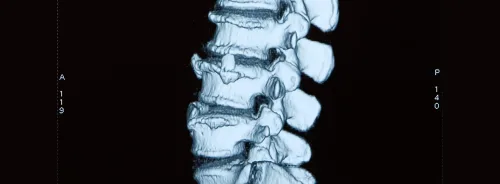Athletes prepare for years and train hard to be able to compete in the Olympic Games. It's such a big disappointment when an injury occurs and prevents a player from competing in the biggest sporting event of them all. Prompt evaluation of Olympic athletes' sports-related injuries and disorders is critical, hence the need for onsite imaging services is highlighted, according to a new study published online in the journal Radiology.
"Imaging is paramount for determining whether or not an injured athlete is able to return to competition," said lead author Ali Guermazi, MD, PhD, professor and vice chair in the Department of Radiology at Boston University School of Medicine. "Anticipated absence from competition or training is often based on imaging findings. In cases of severe injury, imaging will further help in determining the best therapeutic approach."
The study aimed to describe the occurrence of imaging-depicted sports-related stress injuries, fractures, and muscle and tendon disorders, and to document the usage of imaging with x-ray, ultrasound and MRI during the staging of the Rio de Janeiro 2016 Summer Olympic Games. The event drew more than 11,000 athletes from 206 different countries. During the games, according to the study, a total of 1,015 radiologic examinations were performed on participating athletes.
"We wished to elucidate further what types of injuries athletes are incurring, as reflected by imaging, and also emphasise utilisation rates of imaging services during the Olympic Games," explained Dr. Guermazi, who is also a musculoskeletal radiologist at Boston Medical Center.
Dr. Guermazi and colleagues collected and analysed data from the imaging exams. These data were categorised according to gender, age, participating country, type of sport and body part. Their analysis revealed these key findings:
- 1,101 injuries occurred in 718 of the 11,274 athletes. Of the 1,015 imaging exams performed, 304 (30 percent) were x-ray, 104 (10.2 percent) were ultrasound, and 607 (59.8 percent) were MRI.
- Athletes from Europe underwent the most exams with 103 x-rays, 39 ultrasounds and 254 MRIs, but – excluding 10 athletes categorised as refugees – athletes from Africa had the highest utilisation rate (14.8 percent).
- Among the sports, gymnastics (artistic) had the highest percentage of athletes who used imaging (15.5 percent), followed by Taekwondo (14.2 percent) and beach volleyball (13.5 percent). Athletics (track and field) had the most examinations (293, including 53 x-rays, 50 ultrasounds and 190 MRIs).
- The lower limb was the most common location of imaging-depicted sports-related injuries overall, and imaging of lower extremities was the most common exam. The second most common location was the upper limb.
"In some sports, like beach volleyball or Taekwondo, the high utilisation rate was somewhat unexpected," Dr. Guermazi noted. "These numbers may help in planning imaging services for future events and will also help in analysing further why some sports are at higher risk for injury and how these injuries can possibly be prevented."
Overall, imaging was used to help diagnose sports-related injuries in 6.4 percent of athletes competing in the Olympic Games. High utilisation of ultrasound and MRI implies that organisers of future Olympic programmes should ensure wide availability of these imaging modalities.
"Imaging continues to be crucial for establishing fast and relevant diagnoses that help in medical decision making during these events," Dr. Guermazi added.
Source: RSNA
Image Credit: RSNA
Latest Articles
Imaging, Olympics, sports-related injuries
Prompt evaluation of Olympic athletes' sports-related injuries and disorders is critical, hence the need for onsite imaging services is highlighted, according to a new study published online in the journal Radiology.










